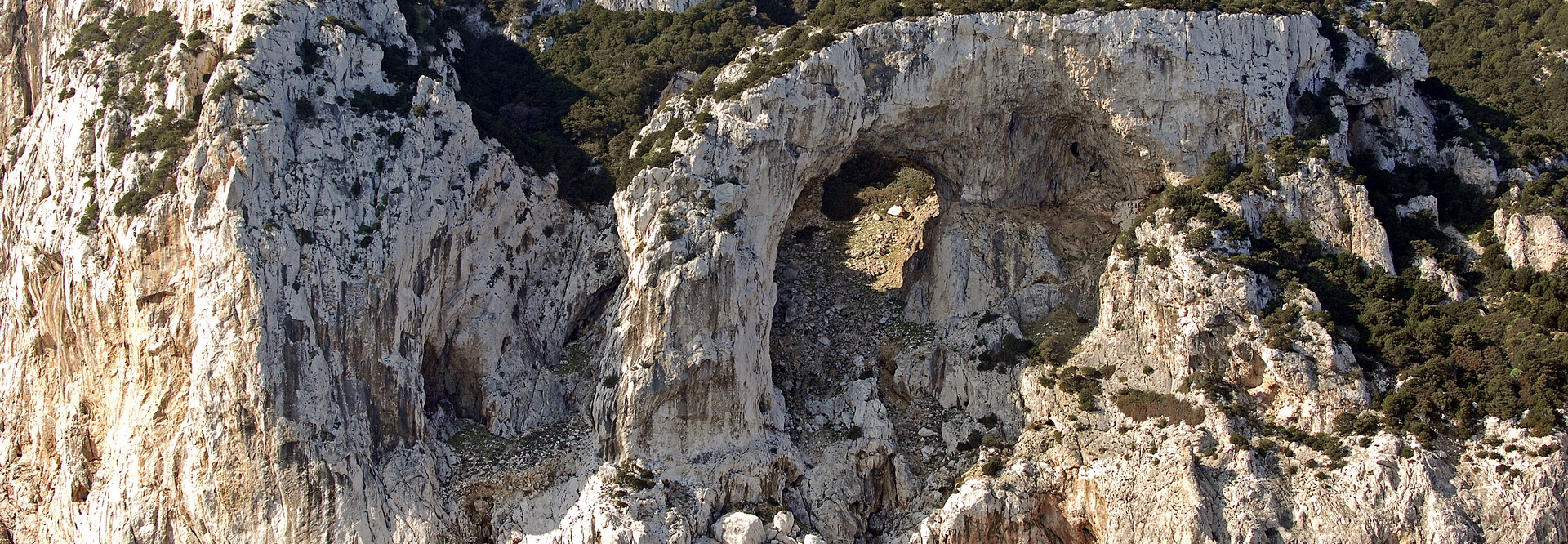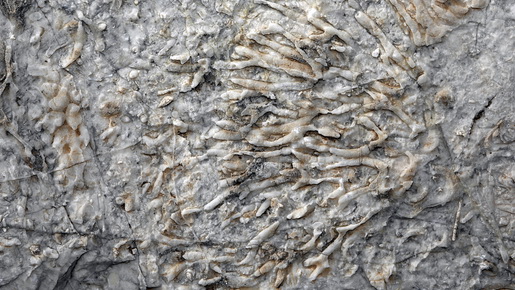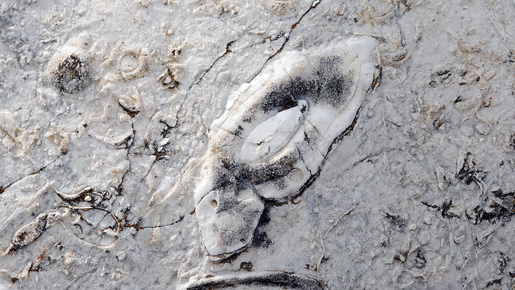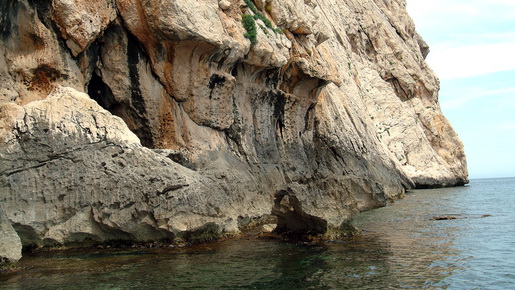Limestones
The carbonatic rocks, on the other hand, date back to a more recent period than granite, a sedimentary succession that was deposited in the Jurassic period (180-65 million years ago) following the submersion of the Hercynian granite base. These rocks are the protagonists of karst phenomena, still active today, which have led to the formation of cavities and fissures where water flows. A spectacular testimony of this phenomenon in Tavolara is the large arch near the old lighthouse, the relict of an ancient karst cavity. The limestone also preserves the "memory" of the great changes that have affected the planet as a result of climate changes. A clear trace of this is the furrow, a characteristic deep erosion niche corresponding to tidal level, with a large concavity of the submerged wall below, which is an excellent indicator of sea level fluctuations.





